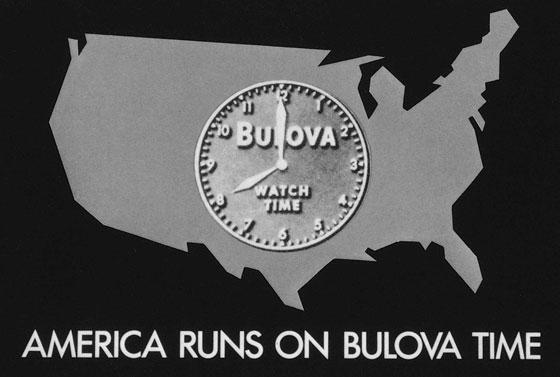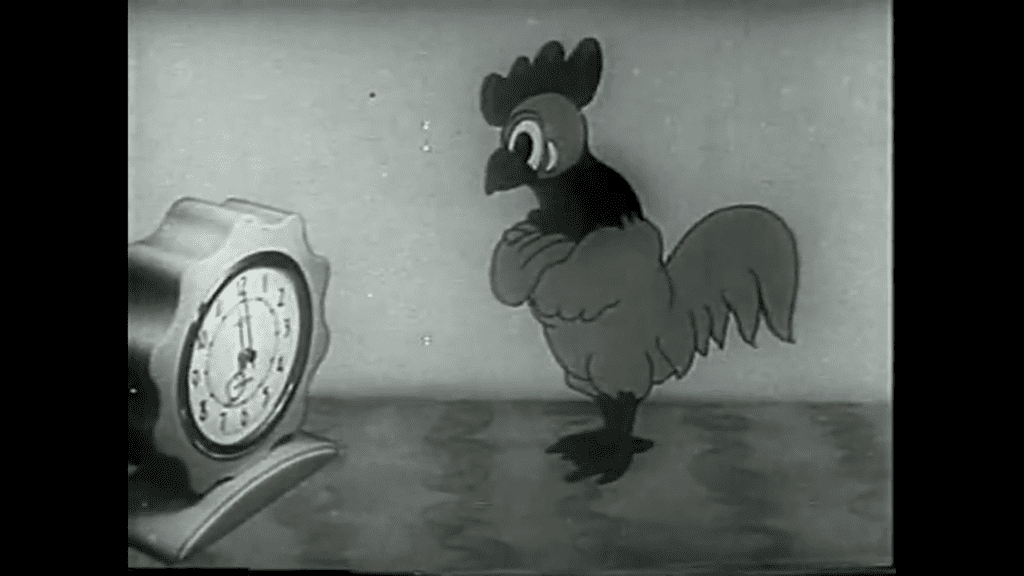Seiko, Bulova, and the First Commercial Ads
Commercial advertising permeates Western society. Some might even say that it defines it. With over a century of jingles, slogans, and brand-name graphic design under history’s belt, it almost seems like something that will continue on forever—like a stream of flashing billboards on an endless freeway of time. Before the advent of radio and television, advertising relied on print media to get its message across. Tech began evolving into the 20th century—concerning both watches and otherwise—and clever horological companies took notice. Three big firsts happened due to this evolution of both tech and advertising. Ahead, we’ll be highlighting efforts by both Bulova and Seiko in this regard. The origins of modern broadcast advertising (as it turns out) have ties to the horological industry.
Radio
In the 1920s radio broadcasting companies began allowing radio adverts. In 1922 the purported “first advertisement” was a real-estate ad for apartments in Queens, NYC. However, there were other pangs of advertising in both the UK and in other parts of the United States at this time (New Jersey and London, respectively). Fast forward a few years—once national broadcasting became the norm, Bulova funded the first major horological ad in the U.S. circa 1926. Their efforts solidified their brand name in the American consciousness and the fruits of these advertising labors would be plucked further by the 1940s (more on that to come). Getting on the air wasn’t particularly difficult considering Bulova’s headquarters were conveniently located in the communication hub of the U.S. at the time—NYC. While Bulova was building steam in the Western world, Seiko was fast becoming one of the most popular timepiece companies in Japan. However, it would take some years for Seiko to begin catching up to other established names. Some obvious historical factors (namely WWII) were at play.
Television:
The Real Game Changer

The first television advertisement was dropped by Bulova on July 1st, 1941. That’s right, a watch and clock company beat every other industry to the chase (go team). It was unheard of to employ commercial advertising on television at the time. Being such a new market, Bulova only had to spend $9 on the ad space. By today’s standards that price is pretty unheard of, especially considering it aired right before a Brooklyn Dodgers game—at prime time. Already having one of the first radio advertisements under their belt, Bulova became a quintessentially American brand. It would be the Japanese who had the last laugh, though, when it came to Bulova’s 21st century ownership.
Five months after Bulova’s ad dropped the Japanese military bombed Pearl Harbor. This tragedy drew the American military into global conflict with Japan and the rest of the Axis powers. Realities of war caused production of timepieces to slow down substantially in Japan—and most Western technologies did not become plentiful in Japan until after their surrender in 1945. Suffering a massive defeat and moving farther away from military spending, the Japanese technological industry started picking up steam by the 1950s. In 1951, 10 years after Bulova released their groundbreaking television ad, Seiko released the first commercial radio advertisement in Japanese history. Two years later, in 1953, Japan’s first television ad was also released by Seiko. Their heavy push toward advertising saw their company grow substantially, leading to two of their most impressive timepieces—the “Grand” and “King” Seiko. Eventually shaking the horological industry to its core with their first quartz (battery powered) timepieces, Seiko revolutionized watches and brought massive attention to Japanese watchmaking. So much so that even Bulova would one day come to be owned by the renowned Citizen Watch Co. (of Japan).

Advertising
Today
More recently, when scrolling through Instagram, we noticed startup company Original Grain was boasting wood-inlaid watches made from “aged whiskey barrels”. Their rugged allure reinforces a narrative for their brand. It seems everyone is trying to have their own angle in today’s industry. Without the first radio and television ads boosting particular brands, we’d likely not be seeing these targeted 21st century gig-economy ads so prevalently. More and more folks are finding ways to make their watch come across as a “takes a licking and keeps on ticking” style. Therefore, trusting advertisements can be tricky. But well-established brands like Seiko and Bulova continue to put out quality work en-masse. They were there at ground zero as the horological industry met mass global communication—much to theirs and others benefit.
We here at Times Ticking always encourage folks to shop based on specifications and personal taste. That being said, personal taste can be heavily influenced by advertisements. So by all means enjoy any appealing ads and research each piece to find something that suits you best. We’ll be here to help out on the other side.

